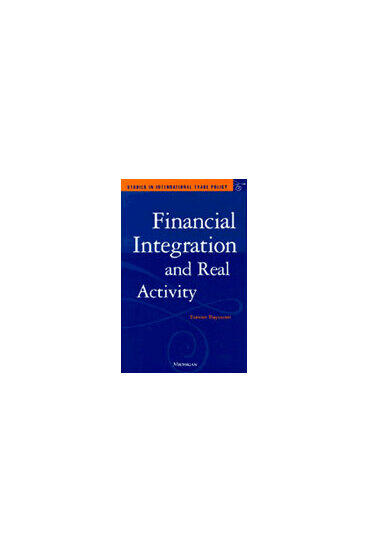Financial Integration and Real Activity
Globalization, financial deregulation, a single European currency . . . this book examines what all these changes mean for the world economy.
Description
This timely book provides an overview of recent work on international capital mobility and optimum currency areas, exploring how increasing financial integration affects saving, investment, and consumption across countries, and how the choice of monetary regime is affected by a country's circumstances. At a time of unprecedented change in the international financial system, it provides a holistic view of the interaction between financial integration and macroeconomic activity.
The first part of the book critically reviews and extends the existing debate on how easily capital flows between countries. The second half surveys and expands the theoretical and empirical evidence on choosing between having a single currency or multiple moneys.
These two aspects of the international economy are integrated into one readily accessible volume, which is comprehensive enough to be useful to specialists in international finance and sufficiently approachable to appeal to other academics, students, and policy makers. As trade deals like NAFTA and EMU seek higher levels of economic integration, this book will become essential reading.
Tamim Bayoumi is an economist with the International Monetary Fund.
This title was formally part of the Studies in International Trade Policy Series, now called Studies in International Economics.

